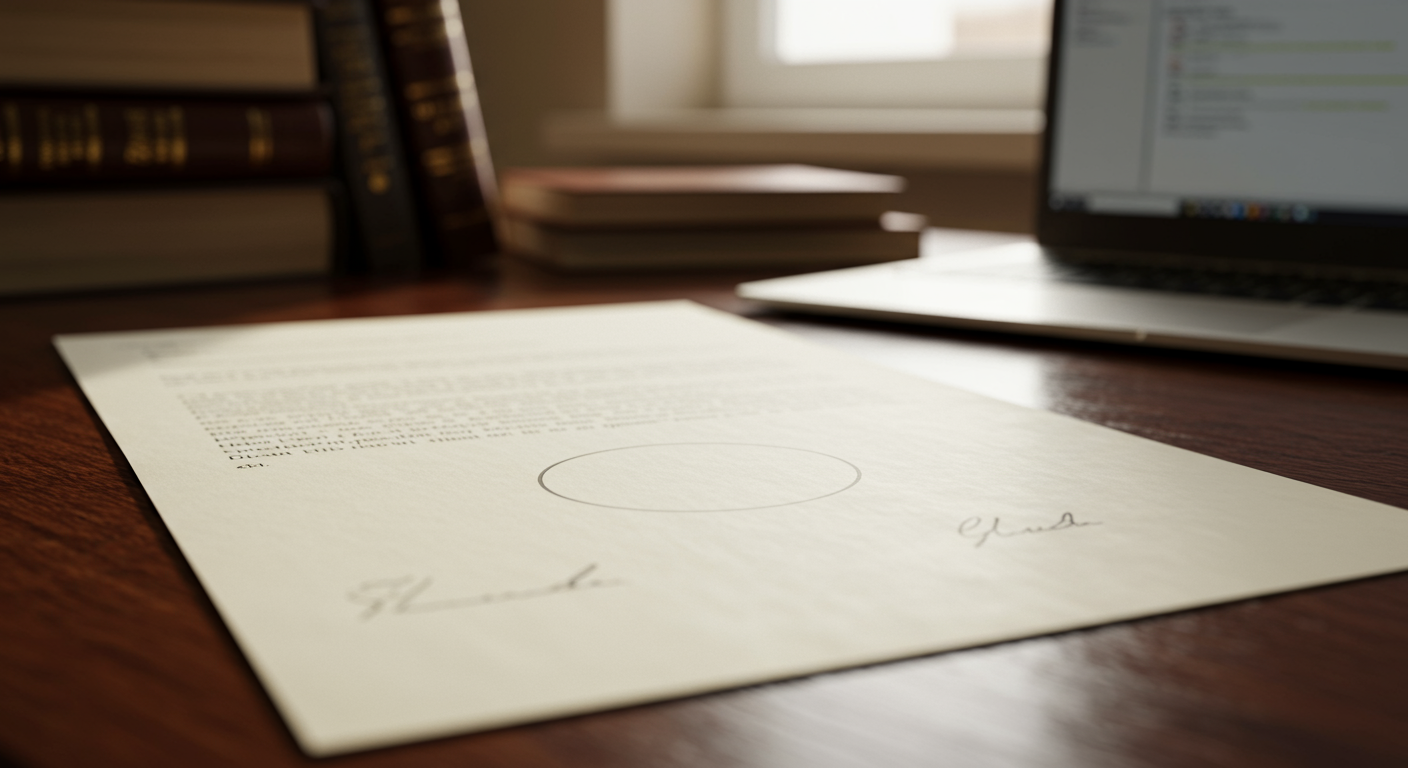The case of Alalääkkölä v Palmer: Copyright in Artwork as Relationship Property
Background
Earlier this year, the Supreme Court confirmed that copyright in artistic works qualifies as relationship property under the Property (Relationships) Act 1976 (PRA).
Sirpa Alalääkkölä and James Palmer were married for approximately two decades. Ms Alalääkkölä practised as a commercial artist, and her paintings constituted the couple’s main source of income. Mr Palmer assisted in the business “Art by Sirpa,” having substantially reduced his own professional activities to support his wife’s career.
Upon separation, the parties held a substantial unsold inventory of paintings created during the marriage. While they agreed that the physical canvases were relationship property, they diverged on the status of the underlying copyrights. Mr Palmer initially sought to retain both artworks and their copyrights in order to reproduce and sell copies independently. He later conceded that Ms Alalääkkölä should keep the copyrights, but maintained that he was nonetheless entitled to his share of their value in the overall property division.
Lower courts were split: the Family Court treated the copyrights as Ms Alalääkkölä’s separate property, whereas both the High Court and the Court of Appeal classified them as relationship property. The Supreme Court was therefore tasked with determining (1) whether copyright qualifies as 'property' under the PRA, and (2) if so, whether it is 'relationship property.'
Is Copyright “Property” under the PRA?
The Supreme Court began by examining the Copyright Act 1994, which expressly defines copyright as a proprietary right. The Act affords copyright owners the ability to sell or licence their rights, and to enforce them through injunctions, damages, and account of profits. These attributes, the Court held, align copyright with the concept of personal property under the PRA.
The Court rejected submissions that recognising copyright as relationship property would undermine creativity by granting non-author spouses a stake in an artist’s work. Emphasising the collaborative nature of marriage, it noted that spousal support and contribution are fundamental to the creation of value during a relationship.
Consistent with section 1N of the PRA, which treats all contributions as equal, the Court observed that artists concerned about preserving their copyright interests can protect them by entering into a contracting-out agreement under section 21.
The Court acknowledged practical concerns some artists may harbour - namely, the risk of reputational harm or misuse of their work post-separation - but held that such risks are best managed through tailored court orders designed to safeguard future earnings and moral rights, rather than by excluding copyright from property for PRA purposes.
Is Copyright “Relationship Property”?
Having concluded that copyright is property, the Court turned to whether it should be classified as relationship property. Under section 8(1)(e) of the PRA, relationship property includes assets “acquired during the relationship.” The Court interpreted “acquired” broadly, finding that each component of the copyright bundle vests as soon as the work is created. Accordingly, copyrights arising in the marriage fall within the scope of relationship property.
In its closing remarks, the Supreme Court emphasised the necessity of preserving an artist’s autonomy over unpublished works, even in the equal division of property:
“Given the close association between an artwork and the artist’s reputation, control over disclosure should be maintained so long as an equal division by value is achieved.”
While the default outcome is a 50/50 split in monetary terms, this can be implemented in a manner that respects the author’s exclusive right to publish or withhold her creations.
Practical Implications
- For artists: To avoid PRA-driven sharing of copyright, contracting out agreements remain the most effective safeguard
- For separating couples: Where copyrights have significant value, courts will strive to equalise financial interests without unnecessarily stripping the creator of control over future exploitation.
- For advisors: Any property settlement dealing with copyright should include specific valuation methodologies and protective provisions to minimise conflict and protect moral rights.




